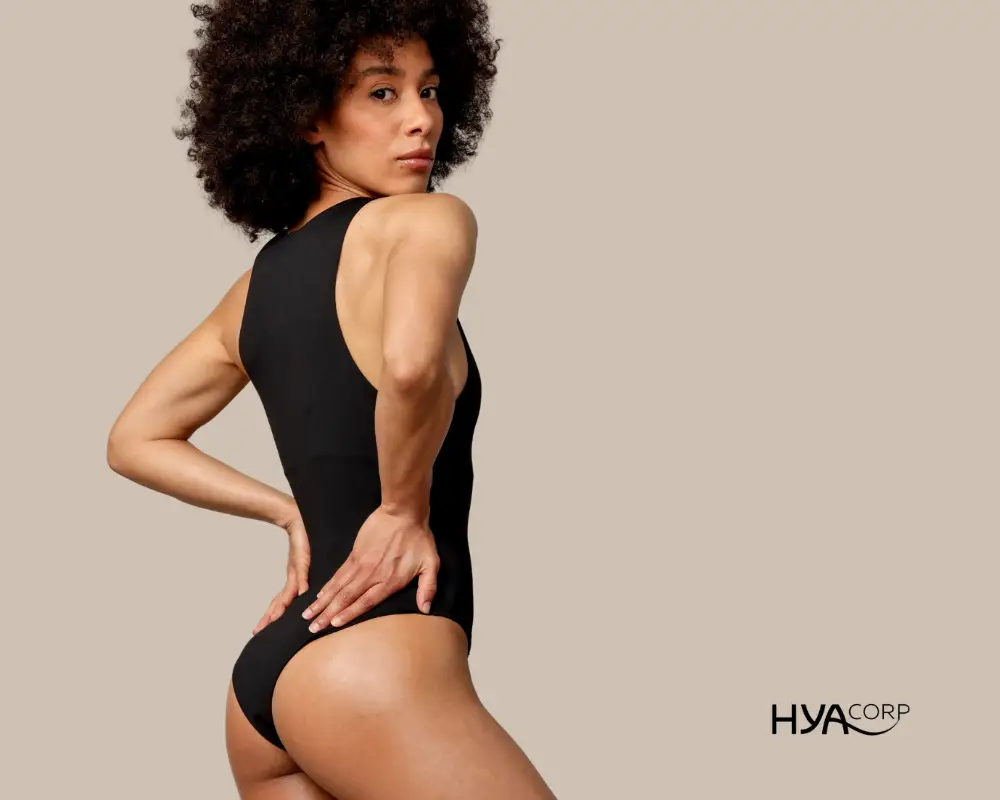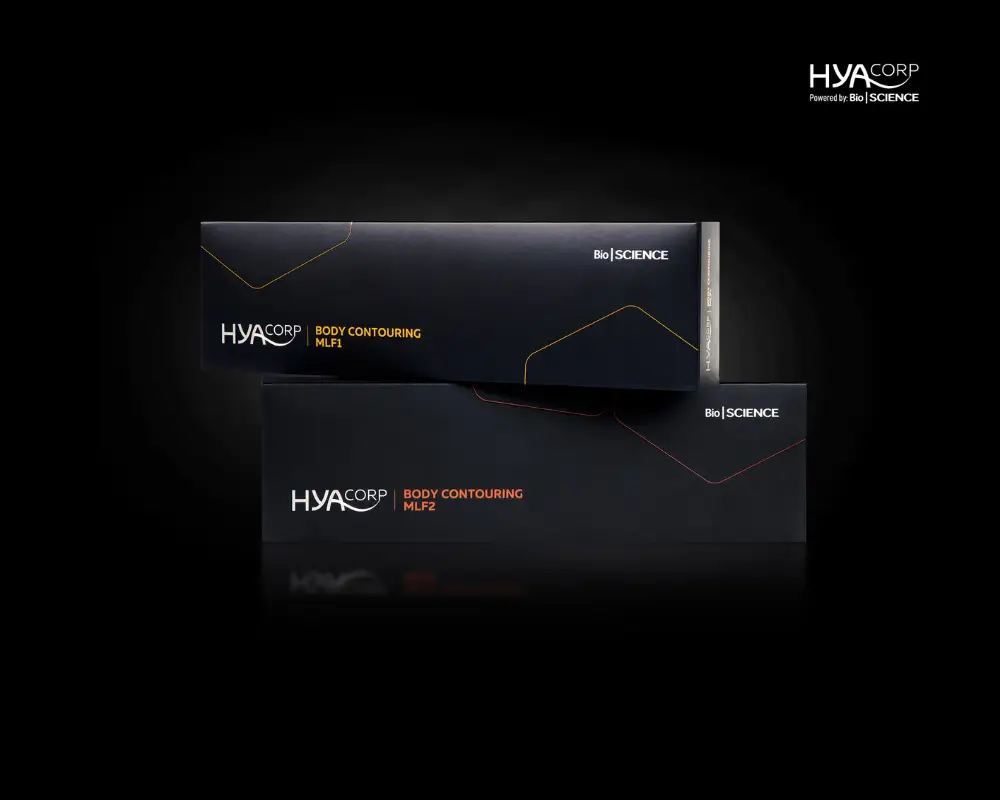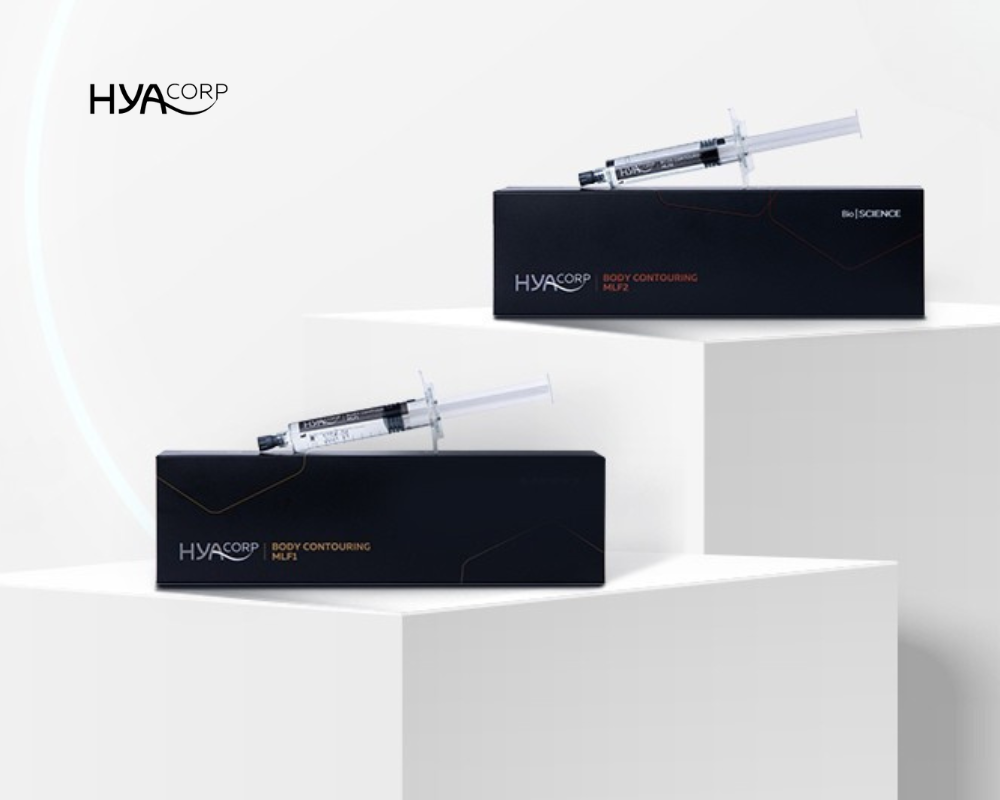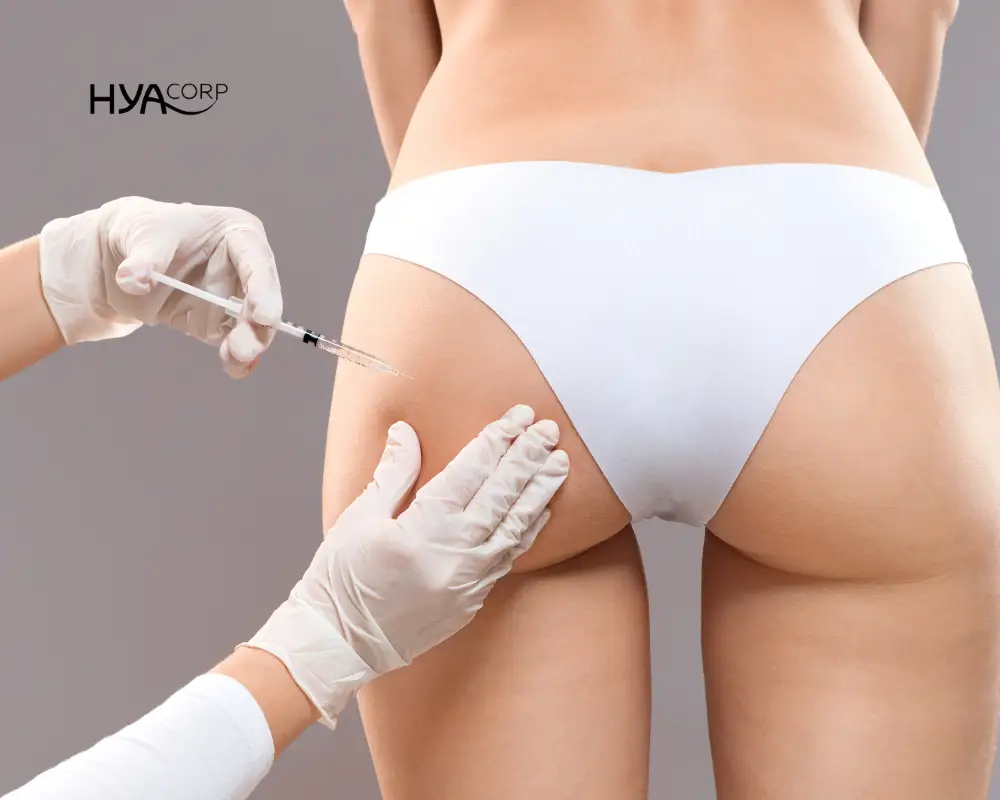Last week, German Pioneer BioScience hosted a webinar on the anatomy of the face and how to achieve a full face remodelling using HYAcorp Fillers for the Face. Plastic Surgeon Dr. Konstantin Frank dived deep into the anatomy of the upper face, while Italian Dr. Andrea Margara focused on his approach to these areas of the face while using HYAcorp fillers.
There are a few reasons why understanding the anatomy is such an important part of the health experts, specially if they are using hyaluronic acid fillers.
Safety
Understanding the anatomy of the face and underlying structures is essential to avoid potential complications and adverse effects associated with dermal filler injections. Anatomical knowledge helps in preventing accidental injection into blood vessels, nerves, or other sensitive structures.
Precision
Knowledge of facial anatomy allows injectors to be precise in their placement of HA fillers. This precision is vital for achieving natural-looking results and avoiding overcorrection or uneven distribution of the filler.
Patient-specific treatment
Facial anatomy varies from person to person, and the treatment plan should be tailored to each patient's unique facial structure, including the distribution of fat, muscle, and bone.
Long-term results
Knowledge of anatomy is essential for predicting how filler will behave over time. This understanding helps practitioners make informed decisions about the amount of filler to use and where to place it to achieve more sustainable results.
Upper Face Anatomy: How the aging process works
As Dr. Konstantin Frank, explained in our last webinar, for those doctors whose patients are looking for younger results, it is crucial to first understant what happens as we get older in the certain facial parts to the rejuvenate those specific parts.
In the upper face, forehead lines and vertical glabella lines are formed. In the temporary region, the temporal concavity tend to increases.
The skeletonization of the upper face is mainly driven by a loss of volume of the Calvarial volume. Males lose about 70 milliliters, while females lose about 60 milliliters as they get older.
You can watch here the full session on Upper Anatomy of the Face.
Signs of Aging in the Upper Face
Temporal Concavity
Eyebrows- Ptosis
Forehead Retraction
Static Vertical Glabellar Lines
Static Forehead Lines
Receeding Hairline
How to treat those signs of aging?
Italian Plastic Surgeon, Dr. Andrea Margara shared on the live session his experience using HYAcorp Face Fillers to treat areas such as glabella and periorbital lines, responsible for those signs of aging.
First, HYAcorp Fine is a very light product, non-crosslinked HA and it must be used on the surface of the skin.It is injected in the epidermis and it helps enhancing the glowing effect, the elasticity and hydration in the skin. It is more indicated in the priorbital lines, in then superficial wrinkles and also in the neck.
HYAcorp Feel, with a higher consistency than Fine, it is a superficial filler because it's indicated for superficial and medium wrinkles and it is also indicating the periorbital and perioral area but for deeper wrinkles because it's a combination of a non-cross linked hyaluronic acid and a cross-linked hyaluronic acid.
You can find more information here about HYAcorp Face Fillers and how you cna achieve a full face treatment with natural results.
If you are interested in getting hyaluronic acid fillers, contact us, and we will recommend a doctor near you.





.webp)






